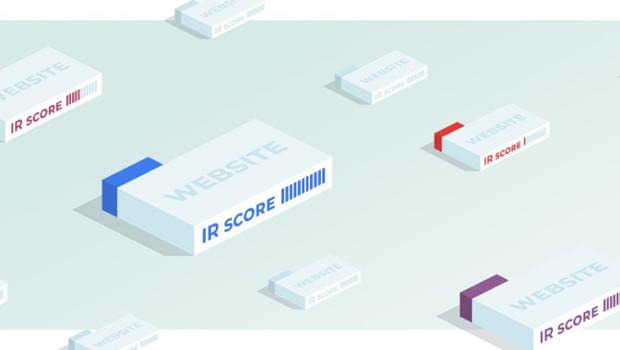In 2016 the number of hacked sites increased
Google published a report about Internet security for the year 2016. According to the company, last year the number of hacked websites increased by 32% in comparison with 2015. In addition, in the foreseeable future this trend is unlikely to slow down.
The report noted that hackers have become even more aggressive. However, many webmasters do not promptly update their sites and CMS, making their resources vulnerable to hacking.
To enhance the security of site, Google call to confirm the sites in the Search Console. As a result, their owners will be able to receive notifications about attacks and to quickly solve the problem.
According to Google, 84% of webmasters who confirmed the sites in the Search Console, successfully cope with the recovery of its resources after the break. At the same time 64% of webmasters whose sites were hacked has not received a notice from Google because they don't use this service.
Google also named three of the most common types of attacks and shared tips for recovery sites:
- Gibberish Hack. The attack of this type is created on the site a lot of pages with meaningless content and keywords. As a result, they appear in the Google search. When visiting these pages, users are redirected to irrelevant pages such as porn sites. How to recover website after this attack, you can see here.
- Keywords Japanese Hack. The attack of this type on the website create new pages with Japanese text. They monetized through the use of affiliate links to the stores selling counterfeit goods and displayed in the Google Search. Hackers sometimes are registered in the Search Console as the owners of the resource. How to recover website after this attack, you can see here.
- The Cloaked Keywords Hack. While attack of this type is created on the site a lot of pages with meaningless contents, links and images. Sometimes these pages contain the main elements of the template of the original site, so at first glance they look like a normal page until the user reads the text. In these attacks hackers commonly use cloaking techniques to hide malicious content and make the infected page similar to original page of the website or page with a 404 error. How to recover website after this attack, you can see here.








